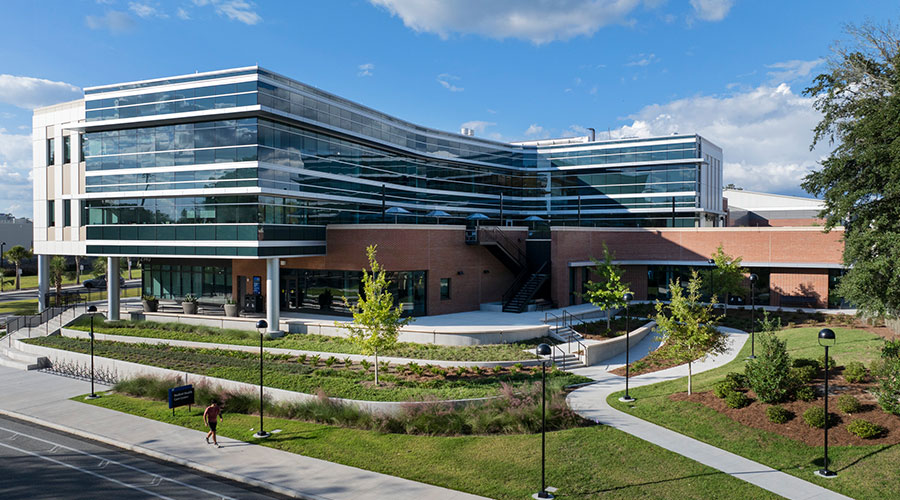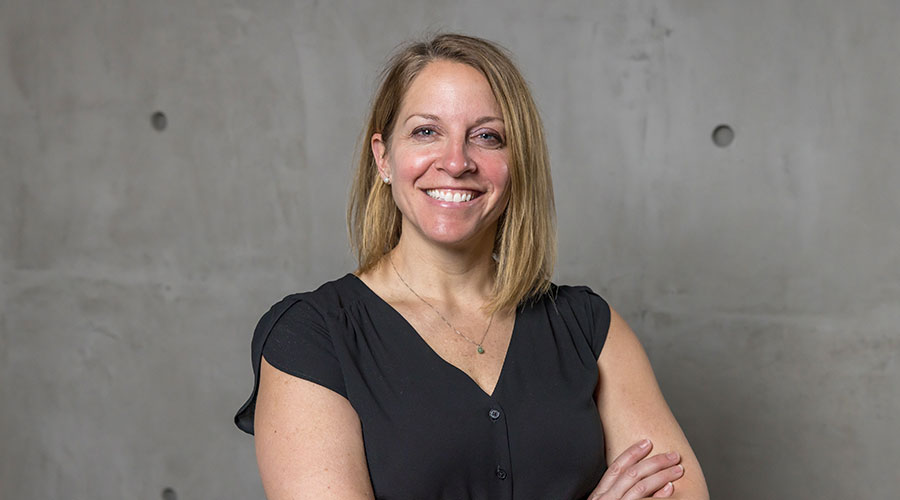A Good Number Is Hard to Find
By Edward Sullivan, Editor
Randy Radke thought he knew what he was getting into. As senior IT manager for real estate and facilities at software giant Microsoft, Radke planned to develop metrics to provide a comprehensive, consistent window into real estate and facility performance. “I figured we could go in for a month, collect reports, then spend six months developing an IT solution,” Radke says.
But IT wasn’t Radke’s real challenge. The toughest issue was getting the information right.
The biggest surprise was the inconsistent ways basic terms like cost per square foot were used. “Every business unit had a different definition of cost and a different definition of square foot,” he says. “The more the numbers got rolled up, the more inaccurate it became. We really underestimated the impact of that.”
A lack of common definitions for metrics is a widespread and serious problem, says Don Sposato, a consultant and retired vice president, project management and engineering services, Becton Dickinson Co. “As you work your way from gross down to net square feet, you can be talking 20 to 25 percent difference.”
Focus on Definitions
Radke didn’t try to force all of the business units to adopt one definition of square feet and cost. Instead, he focused on defining what each group meant by cost, so that when a business unit’s numbers are reported, it is clear exactly what those metrics mean. Thus, cost might be base rent, net rent, net effective rent, and so on. “We have a rather large glossary of terms now,” Radke says.
As Radke’s experience shows, good metrics also have to be transparent — that is, anyone looking at the data should be able to determine where the numbers are coming from and how they’re being applied. Transparent numbers are essential if a business unit wants to drill down into real estate occupancy and service costs and use that information to make decisions.
“We strive to make our business leaders partners in the investment that they’re making,” says Kess Chafin, director of workplace services, Capital One. “The more transparent we can be, the better positioned we are to help them manage their business.”
Practical Value
Usefulness is the highest test of metrics, whether they’re used within the facility department or by other parts of the company. Ilse Kolbus, director of physical plant at the University of California, Santa Cruz, measures cost per square foot and compares that the cost per square foot at other UC campuses. The number is useful in many ways, but she’s dissatisfied. Kolbus wants a metric to gauge the productivity of her staff. Cost per square foot is sometimes used as one way of evaluating productivity. But from her perspective, cost per square foot is largely determined by how much money is budgeted for facility operations and maintenance.
“It doesn’t tell you whether you’re doing well or not. It doesn’t tell you what you should be spending. The challenge is to find measures that actually tell you something.”
What’s useful today may not be tomorrow. At Capital One, the growing number of mobile workers has complicated the task of calculating occupancy. “We’re still grappling with it,” says Chafin. “We have a number of ways to get close, but we haven’t hit on a way to get an exact number.”
But getting close to a number for something useful is better than having a precise metric no one cares about.
“You have to ask yourself, ‘Does the data enable you to do anything with it?’” says Radke. “I couldn’t believe how many reports were collected and run just for the sake of being collected and run, even though no one actually used them.”
HOW WE DEVELOP AND USE METRICS:
Related Topics:










